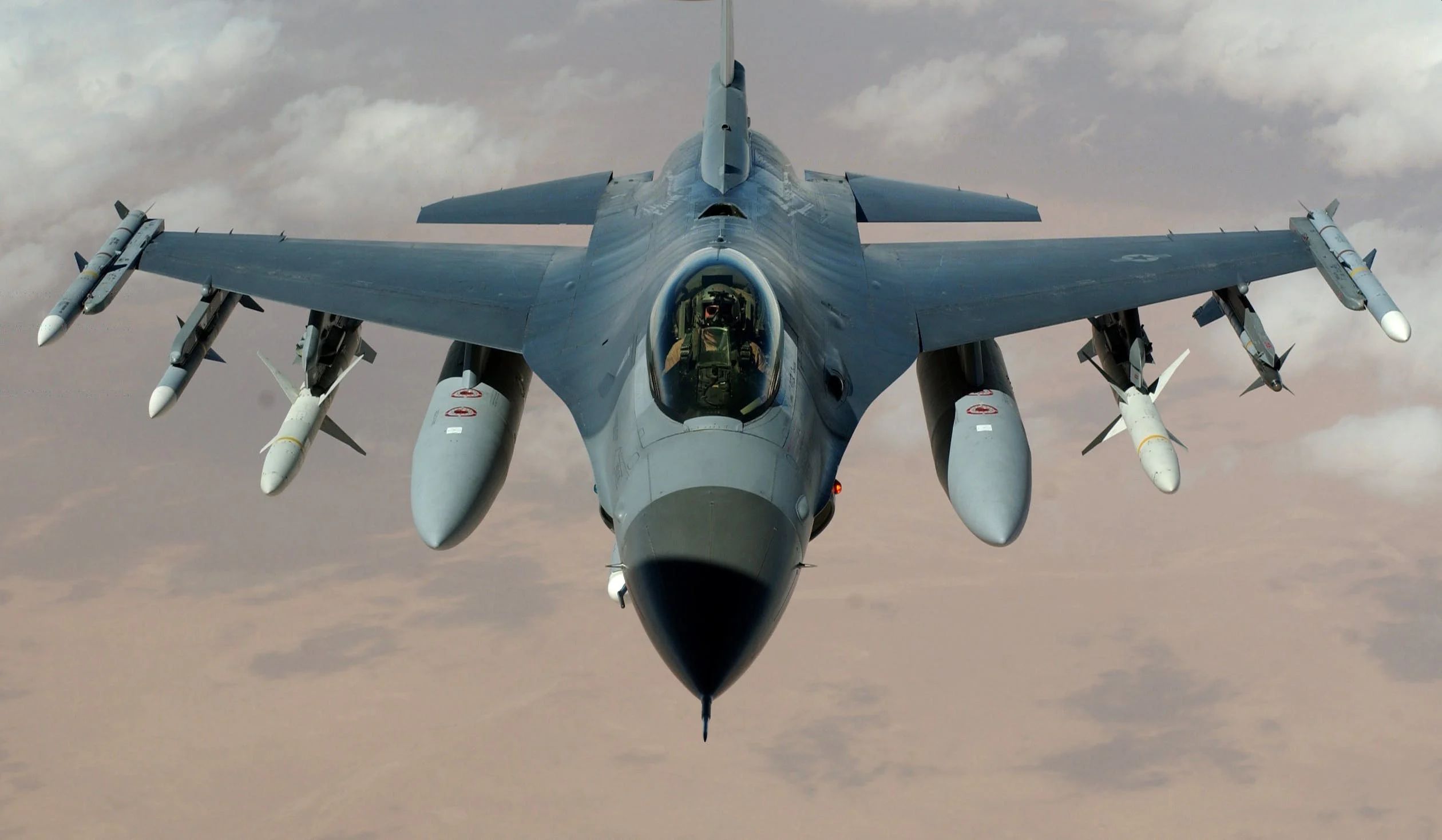As we navigate through the 21st century, the face of warfare is undergoing a rapid transformation. The integration of cutting-edge technologies and innovative strategies is reshaping the battlefield, requiring nations to adapt or risk falling behind. But which trends are expected to dominate future warfare, including autonomous weapons, cyber warfare, space-based conflicts, and hybrid warfare? Here, we’ll take a closer look and see what the future may bring.
Right off the bat, the development and deployment of autonomous weapons, such as drones, unmanned aerial vehicles (UAVs), and robotic ground systems, is on the rise. These weapons can operate without human intervention, relying on artificial intelligence (AI) to identify and engage targets. In addition to reducing the number of soldiers required on the battlefield, autonomous systems offer increased efficiency, precision, and speed. However, their use raises ethical and legal concerns, as well as the potential for an AI arms race.
Cyber warfare has already emerged as a significant threat as well, with nation-states and non-state actors leveraging technology to disrupt, infiltrate, and manipulate adversaries’ digital infrastructure. As our reliance on technology grows, so does our vulnerability to cyberattacks. Cyber warfare can be used to target military command and control systems, critical infrastructure, and even civilian populations. The future of warfare will likely see an increased focus on both offensive and defensive cyber capabilities, requiring constant adaptation and vigilance.
The space domain is becoming increasingly contested too, with nations vying for dominance and access to valuable orbital assets. Satellite technology plays a crucial role in modern warfare, providing communication, navigation, reconnaissance, and early warning capabilities. As a result, the development of anti-satellite (ASAT) weapons, space-based missile defense systems, and satellite jamming technologies has accelerated. Nations will need to invest in space situational awareness and defensive measures to protect their space-based assets and maintain their strategic advantage.
Hybrid warfare combines conventional military force with unconventional tactics, such as disinformation campaigns, economic coercion, and cyberattacks. This approach to warfare allows state and non-state actors to exploit an adversary’s vulnerabilities while remaining below the threshold of open conflict. Hybrid warfare challenges traditional notions of deterrence and requires nations to develop comprehensive, multi-domain strategies to counter these threats.
Advancements in biotechnology, nanotechnology, and exoskeletons are enabling soldiers to perform at levels previously thought impossible as well. These enhancements can improve physical strength, speed, and endurance, as well as cognitive abilities such as memory, decision-making, and situational awareness. While these technologies hold great promise, they also raise ethical questions about the limits of human enhancement and the potential for a new arms race focused on creating “super soldiers.”




